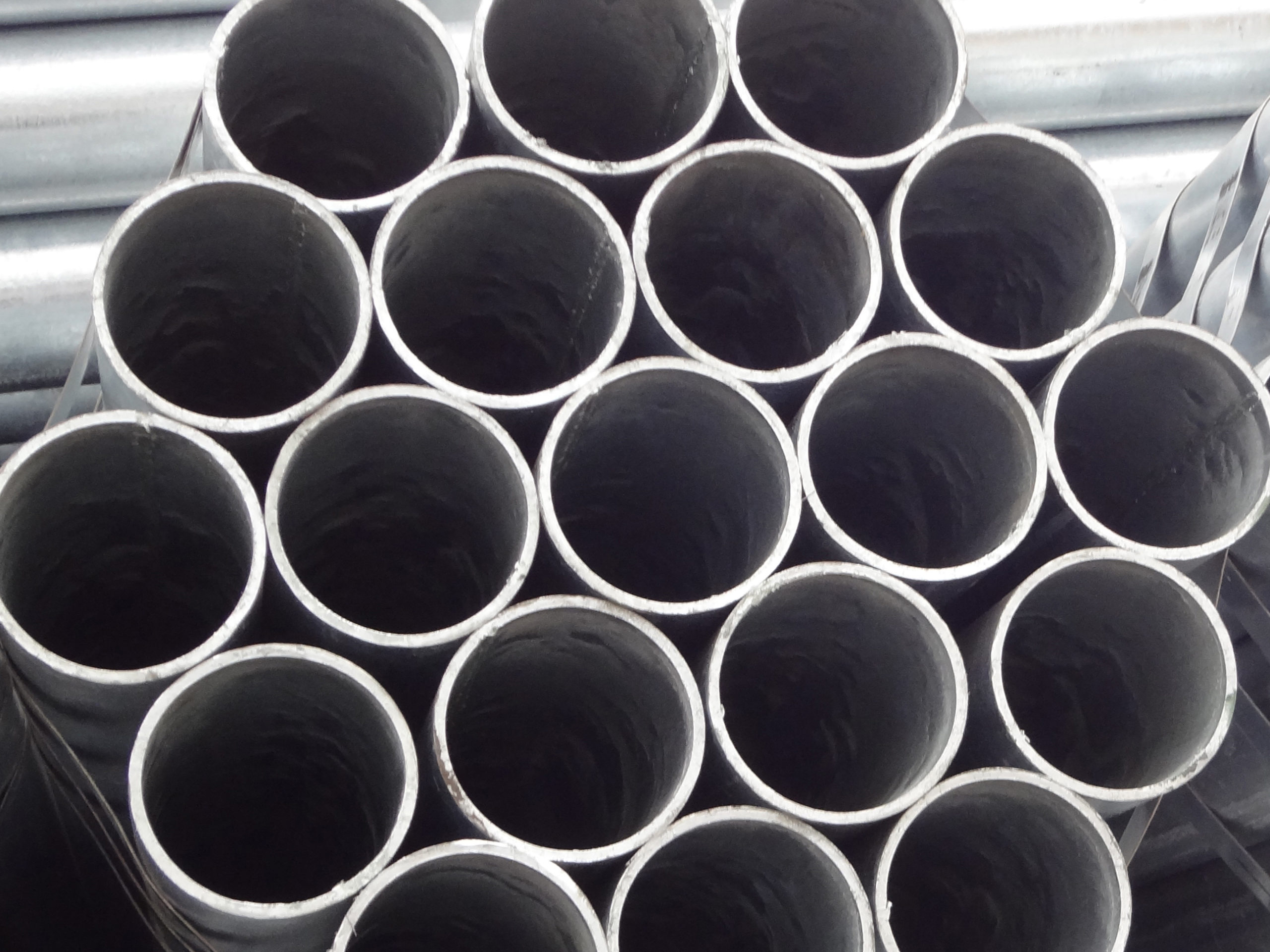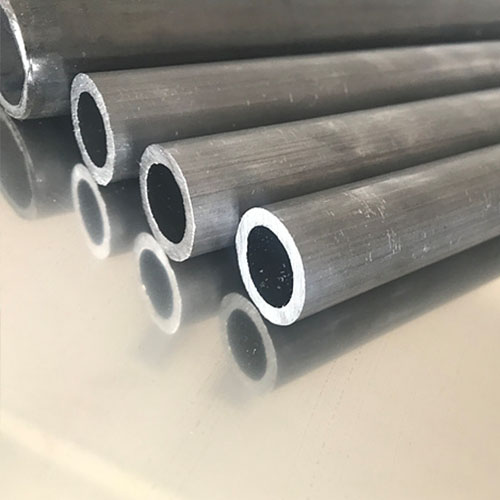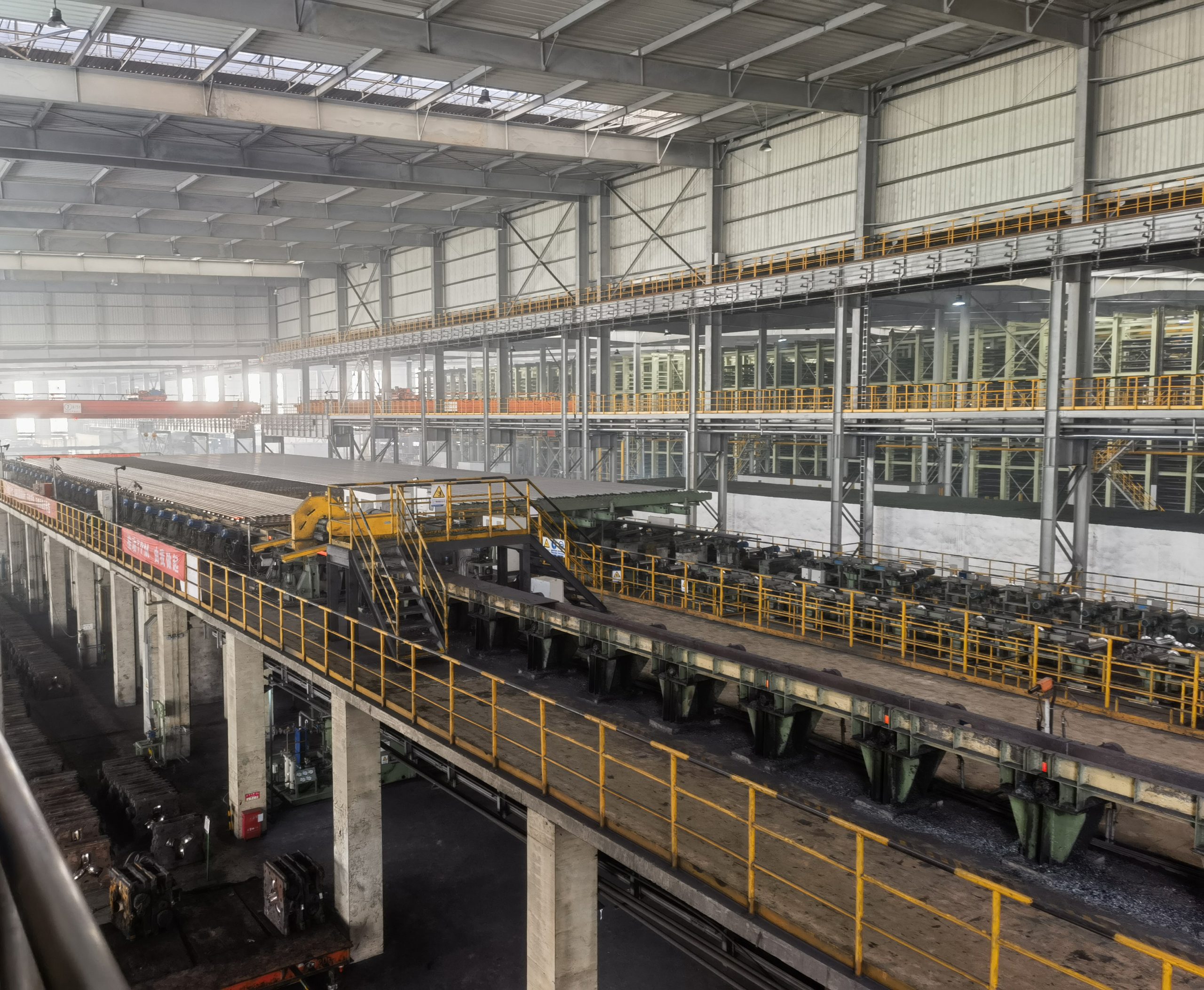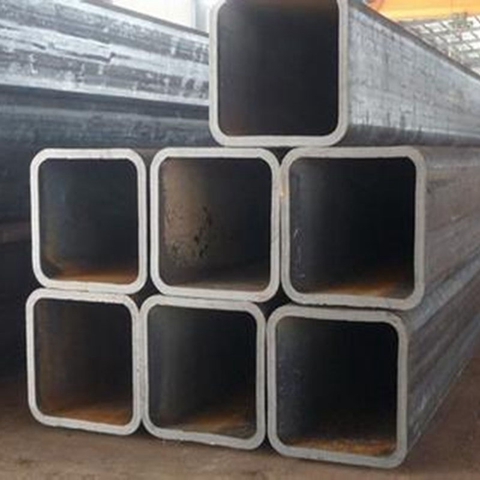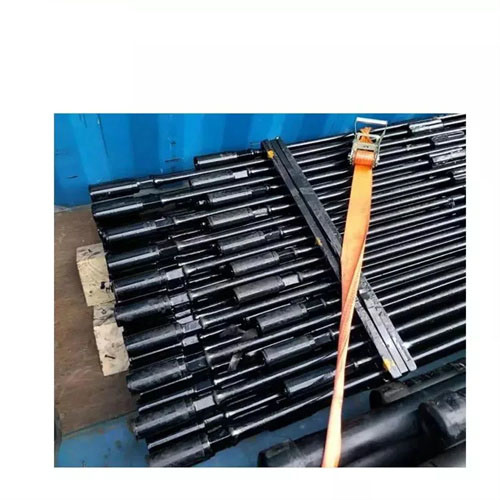Exploring the Structural Differences between ASTM A53 and ASTM A500 steel Pipes
When it comes to choosing the right steel Pipe for your project, it is important to understand the differences between ASTM A53 and ASTM A500 steel pipes. Both of these steel pipes are widely used for structural applications, but there are some key differences that set them apart.
The first difference between ASTM A53 and ASTM A500 steel pipes is in their manufacturing process. ASTM A53 pipes are manufactured using a Seamless process, while ASTM A500 pipes are manufactured using a welded process. This difference in manufacturing process affects the strength and flexibility of the pipes, as well as their cost.
The second difference between ASTM A53 and ASTM A500 steel pipes is in their Wall thickness. ASTM A53 pipes have a thicker wall than ASTM A500 pipes, which makes them more rigid and less flexible. This difference in wall thickness also affects the cost of the pipes, as thicker pipes are more expensive.
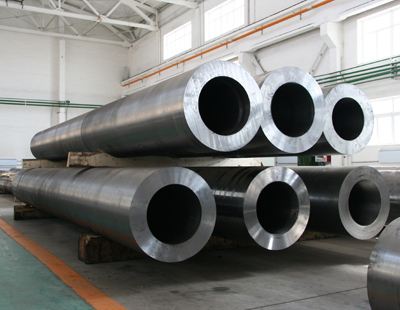
The third difference between ASTM A53 and ASTM A500 steel pipes is in their chemical composition. ASTM A53 pipes are made of Carbon steel, while ASTM A500 pipes are made of low-Alloy steel. This difference in composition affects the strength and Corrosion resistance of the pipes, as well as their cost.
Finally, the fourth difference between ASTM A53 and ASTM A500 steel pipes is in their applications. ASTM A53 pipes are typically used for water and gas lines, while ASTM A500 pipes are used for structural applications such as bridges and buildings.
| NPS | OD | WT | |||||||||||
| INCH | MM | SCH10 | SCH20 | SCH30 | STD | SCH40 | SCH60 | XS | SCH80 | SCH100 | SCH120 | SCH140 | SCH160 |
| 1/2″ | 21.3 | 2.11 | 2.41 | 2.77 | 2.77 | 3.73 | 3.73 | 4.78 | |||||
| 3/4″ | 26.7 | 2.11 | 2.41 | 2.87 | 2.87 | 3.91 | 3.91 | 5.56 | |||||
| 1″ | 33.4 | 2.77 | 2.9 | 3.38 | 3.38 | 4.55 | 4.55 | 6.35 | |||||
| 1.1/4″ | 42.2 | 2.77 | 2.97 | 3.56 | 3.56 | 4.85 | 4.85 | 6.35 | |||||
| 1.1/2″ | 48.3 | 2.77 | 3.18 | 3.68 | 3.68 | 5.08 | 5.08 | 7.14 | |||||
| 2″ | 60.3 | 2.77 | 3.18 | 3.91 | 3.91 | 5.54 | 5.54 | 8.74 | |||||
| 2.1/2″ | 73 | 3.05 | 4.78 | 5.16 | 5.16 | 7.01 | 7.01 | 9.53 | |||||
| 3″ | 88.9 | 3.05 | 4.78 | 5.49 | 5.49 | 7.62 | 7.62 | 11.13 | |||||
| 3.1/2″ | 101.6 | 3.05 | 4.78 | 5.74 | 5.74 | 8.08 | 8.08 | ||||||
| 4″ | 114.3 | 3.05 | 4.78 | 6.02 | 6.02 | 8.56 | 8.56 | 11.13 | 13.49 | ||||
| 5″ | 141.3 | 3.4 | 6.55 | 6.55 | 9.53 | 9.53 | 12.7 | 15.88 | |||||
| 6″ | 168.3 | 3.4 | 7.11 | 7.11 | 10.97 | 10.97 | 14.27 | 18.26 | |||||
| 8″ | 219.1 | 3.76 | 6.35 | 7.04 | 8.18 | 8.18 | 10.31 | 12.7 | 12.7 | 15.09 | 18.26 | 20.62 | 23.01 |
| 10″ | 273 | 4.19 | 6.35 | 7.8 | 9.27 | 9.27 | 12.7 | 12.7 | 15.09 | 18.26 | 21.44 | 25.4 | 28.58 |
| 12″ | 323.8 | 4.57 | 6.35 | 8.38 | 9.53 | 10.31 | 14.27 | 12.7 | 17.48 | 21.44 | 25.4 | 28.58 | 33.32 |
| 14″ | 355.6 | 6.35 | 7.92 | 9.53 | 9.53 | 11.13 | 15.09 | 12.7 | 19.05 | 23.83 | 27.79 | 31.75 | 35.71 |
| 16″ | 406.4 | 6.35 | 7.92 | 9.53 | 9.53 | 12.7 | 16.66 | 12.7 | 21.44 | 26.19 | 30.96 | 36.53 | 40.19 |
| 18″ | 457.2 | 6.35 | 7.92 | 11.13 | 9.53 | 14.27 | 19.05 | 12.7 | 23.83 | 39.36 | 34.93 | 39.67 | 45.24 |
| 20″ | 508 | 6.35 | 9.53 | 12.7 | 9.53 | 15.09 | 20.62 | 12.7 | 26.19 | 32.54 | 38.1 | 44.45 | 50.01 |
| 22″ | 558.8 | 6.35 | 9.53 | 12.7 | 9.53 | 22.23 | 12.7 | 28.58 | 34.93 | 41.28 | 47.63 | 53.98 | |
| 24″ | 609.6 | 6.35 | 9.53 | 14.27 | 9.53 | 17.48 | 24.61 | 12.7 | 30.96 | 38.89 | 46.02 | 52.37 | 59.54 |
| 26″ | 660.4 | 7.92 | 12.7 | 9.53 | 12.7 | ||||||||
| 28″ | 711.2 | 7.92 | 12.7 | 15.88 | 9.53 | 12.7 | |||||||
In conclusion, there are several structural differences between ASTM A53 and ASTM A500 steel pipes. These differences include the manufacturing process, wall thickness, chemical composition, and applications. Understanding these differences can help you choose the right steel pipe for your project.

